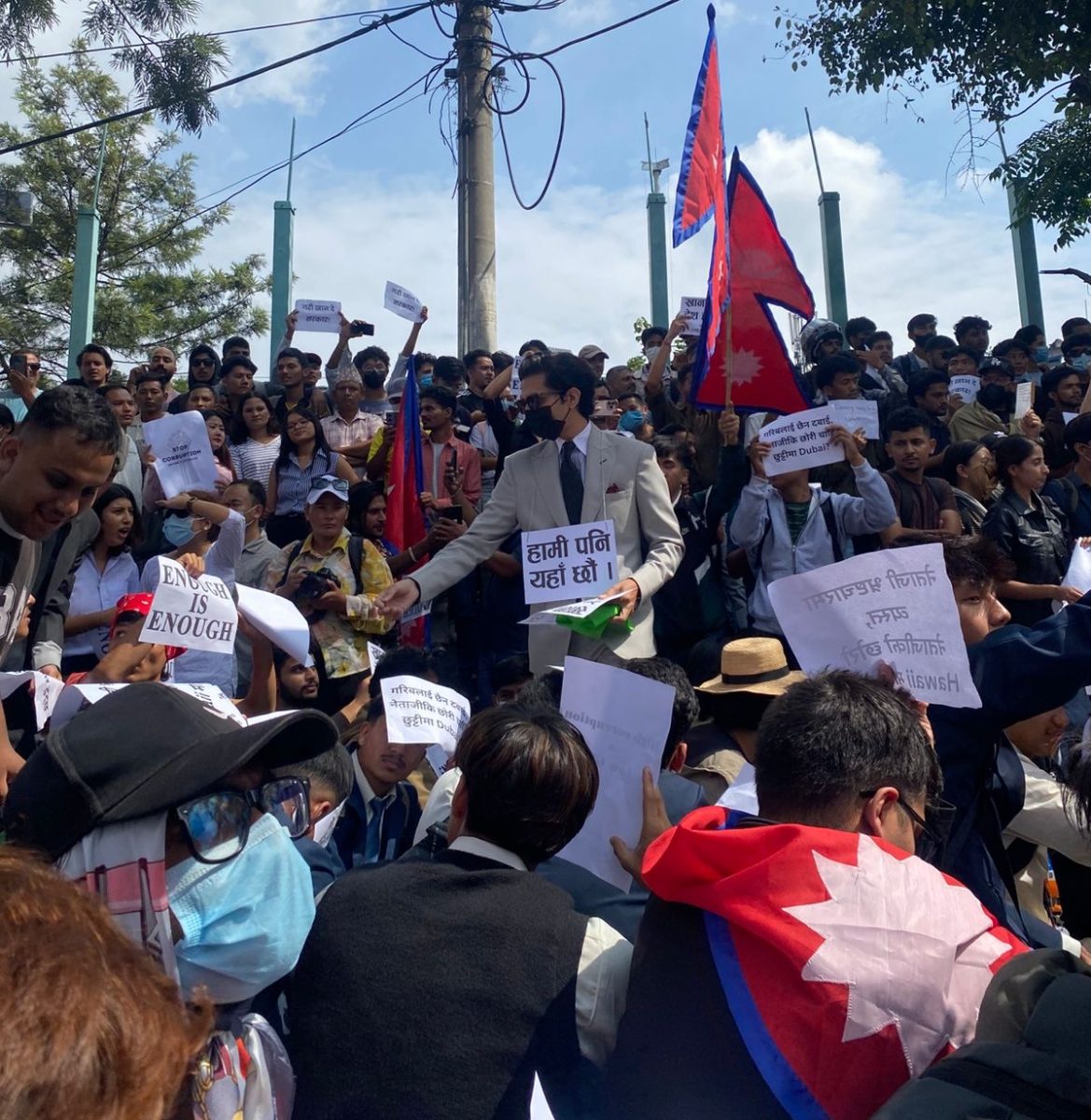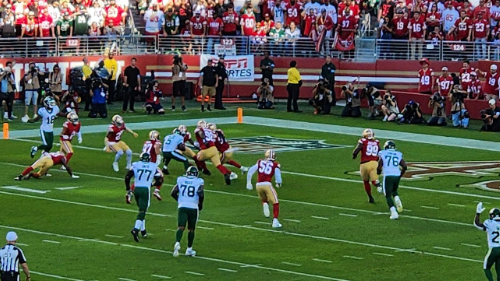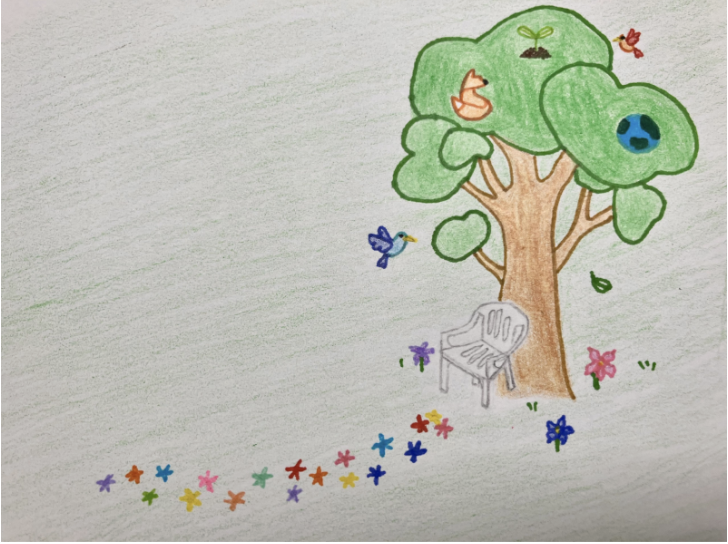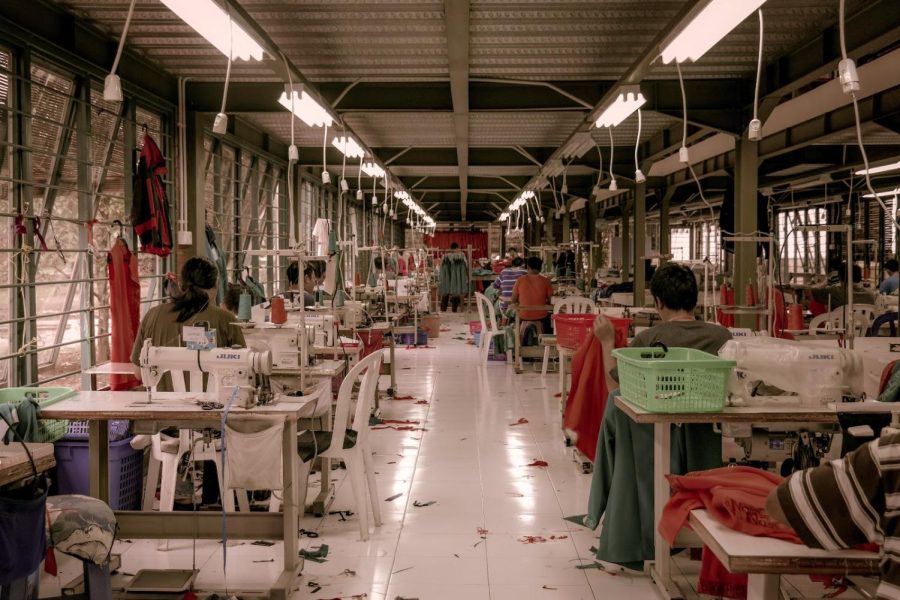Fast fashion is trending, but at what cost?
Many fast fashion brands look for labor in developing countries where nonexistent labor laws allow for exploitation of workers and cheap production costs.
April 13, 2023
If you look in your closet, which brands are filling the shelves? For many, Shein, H&M and Zara are among the most popular stores for clothes. Fast fashion clothing brands turn runway trends into cheap, stylish clothes in a short amount of time. These companies are part of the growing trend of fast fashion. Fast fashion is projected to grow at a rate of 10.13% from 2023 to 2030.
However, this rising industry is not without complications. Its materials and practices raise sustainability issues, and the industry violates workers’ rights in multiple categories; these brands use child labor, pay their employees below livable wage and do not ensure safe working conditions.
Why is fast fashion so popular despite overwhelming evidence of its damage to workers and society? Green Hope freshman An Vu revealed the sentiments of many fast fashion shoppers. “I have bought clothes from H&M and Shein, mainly because it was cheap,” she admitted. “Also, I used to buy from fast fashion sites if I needed stuff for one-time use.”
North Carolina State University freshman and Fashion and Textile Management major McKenzie Ho pointed out that the modern consumer mentality of overconsumption heavily contributes to fast fashion’s environmental consequences, which include the pollution of clean water by toxic textile dyes and substantial fossil fuel emissions due to cheap textiles.
“The fashion industry is one of the largest contributors to environmental waste, and millions of tons of clothing lay in landfill to this day,” Ho said. “Due to the overconsumption fueled by social media, many people feel as if they cannot wear the same thing twice. This leads to people buying clothes, wearing them a few times and then throwing them out.”
In order to combat fast fashion, Ho focused on buying from sustainable brands. For those concerned about the higher costs of buying from more sustainable brands, Ho pointed out that “shopping sustainably is an investment.”
“With sustainable clothing, the materials being sourced to create the clothing are of much better quality, and the people making the clothing are being paid a living wage.”
“The overall quality and make of the garment is much better than its cheaper counterpart, and will not only last much longer, but look much better as well. This means that sustainable clothing will probably end up being cheaper in the long run,” Ho said.
Vu emphasized that people should not fall for fads. “I think people should not buy in trend. Instead, they should buy stuff that suits them and looks good on them. Trends die out fast, and once they’re done people are left with clothes they don’t know what to do with,” she said.
Vu shared what she does to fill her closet sustainably and affordably. “I thrift a lot. Most of my closet is thrifted,” she said. “I also wear my parents’ clothes. I feel like joint closets are also a good thing.”
Ho claimed that “buying second hand, especially from thrift stores” also works for her because of its affordability. Ho also provided a list of rules she followed when thrifting to ensure she was buying clothes that would be worth the expense. “First, I make sure that the item is in good quality and fits well. There’s no point in buying an item if it doesn’t fit or costs extra to tailor,” she said.
“Second, I make sure that I actually need the items. I might really like a patterned skirt I see, but it’s not worth buying if I’ll only wear it twice.”
“Third, I won’t buy a clothing item unless it’s a staple piece, meaning it pairs well with many pieces of clothing. I have to be able to wear it with at least three different items that are currently in my closet.”
However, Ho stressed that buying from fast fashion can be “perfectly okay” because “some people cannot afford to invest in sustainable clothing.” She said, “The main problem is influencers and people buying $700 Shein hauls to wear once or twice and throw out immediately after. As long as you are conscious about what you buy and wear it often, I think it’s okay to purchase from sites like those.”
While fast fashion is projected to grow, Ho recognizes that “many people are taking the initiative to shop smarter and invest in higher quality products that last longer.” Conscious consumers and businesses can limit the effects of fast fashion.










































































